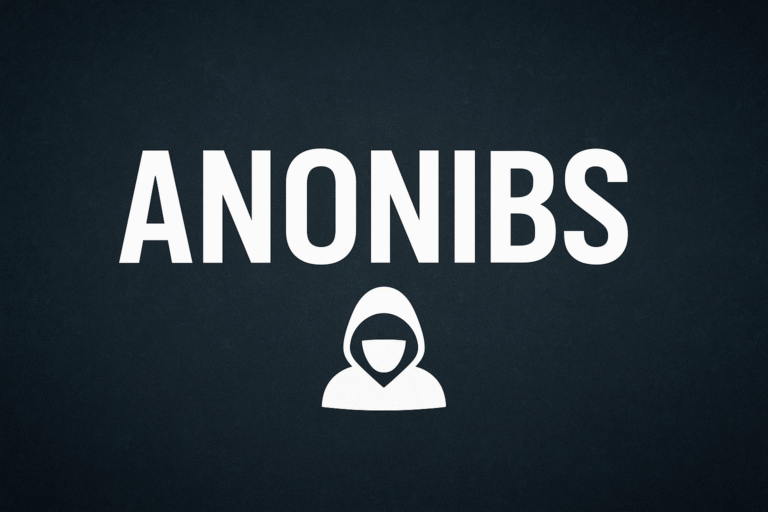
Simplicity is a transformative force that can clarify your life, boost creativity, and reduce stress. Embracing it doesn’t mean cutting corners or abandoning depth; instead, it means stripping away the unnecessary to reveal what truly matters. In a world cluttered with overwhelming choices and chaos, the power of simplicity shines as a beacon of calm and clarity. This article explores how it can positively impact design, lifestyle, productivity, and mindset in profound ways — all while being SEO-optimized to guide you effortlessly through the beauty and balance of “simplicity” in 2026.
- “Simplicity is the ultimate sophistication.” — Leonardo da Vinci
What Is Simplicity and Why It Matters
Simplicity is all about providing clarity and focus by minimizing distractions and complexity. It is not just a design principle but a philosophy applicable to every area of life. When you adopt it, you prioritize what’s essential, allowing for better decision-making and improved efficiency. In design, simplicity helps users navigate intuitively without cognitive overload, while in life, it fosters peace of mind and more meaningful experiences.
- “The art of being wise is the art of knowing what to overlook.” — William James.

Choosing simplicity helps overcome the overload created by unnecessary tasks, clutter, and information. Operations and designs that enable faster goal achievement with minimal effort or confusion, making simplicity a fundamental approach for success and happiness in any field.
Simplicity in Design: Enhancing User Experience
In design, simplicity is the discipline of refining and minimizing elements to enhance clarity and usability. Designers focus on what’s essential, avoiding overwhelming users with excess information or features. The goal is to create user interfaces that are intuitive and efficient, helping users achieve their objectives with minimal roadblocks.
For example, eCommerce platforms prioritize simplicity by streamlining the checkout process while allowing flexibility for users who want to save their carts or navigate back. Maintaining coherency, consistency, and familiarity across all design elements is crucial in achieving this, often supported by design systems that unify components and workflows.
- “Simplicity boils down to two steps: Identify the essential. Eliminate the rest.” — Leo Babauta.
Simplicity in design is not about removing features arbitrarily—a balance must be struck to offer users just enough functionality without unnecessary complexity, helping provide elegant, user-friendly experiences.
The Role of Simplicity in Productivity and Lifestyle
Simplicity transcends design to influence productivity and lifestyle choices. Practicing it means focusing on fewer goals and commitments but giving them full attention, which leads to higher-quality output and less burnout. Simplifying workspaces, daily routines, and digital lives unfetters creativity and reduces mental clutter.

For instance, adopting simple productivity tools that focus on task prioritization instead of overwhelming features can boost efficiency significantly. Similarly, decluttering physical spaces encourages mental clarity and reduces stress. Overall, simplicity lets you harness your energy and resources toward what genuinely matters in your personal and professional life.
- “Life is really simple, but we insist on making it complicated.” — Confucius
More Read About Tech: Everything You Need to Know About Simpcitt in 2026: Unraveling Mystery
Simplicity vs. Complexity in Different Contexts
| Aspect | Simplicity | Complexity |
| Design | Minimal features, intuitive use | Overloaded with features, confusing layouts |
| Productivity | Focused tasks, clear priorities | Multitasking, distractions |
| Lifestyle | Decluttered, intentional living | Cluttered, overcommitted |
| User Experience | Easy navigation, reduced cognitive load | Complicated navigation, cognitive overload |
| Emotional Impact | Reduced stress, increased satisfaction | Higher stress, frustration |
Related Keywords for SEO Optimization
Incorporating related keywords naturally throughout the content boosts its SEO impact. Here are some related terms effectively embedded:
- Minimalism
- Clarity
- Efficiency
- Focus
- User-friendly design
- Productivity hacks
- Decluttering
- Mindfulness
- Essentialism
How to Cultivate Simplicity in Your Daily Life
Cultivating simplicity requires deliberate choices and habits. Here are some practical steps to invite this:
- Prioritize Essentials: Identify what brings true value and cut out non-essentials.
- Declutter Regularly: Clear physical and digital clutter to create calm.
- Streamline Routines: Simplify daily habits to reduce decision fatigue.
- Limit Digital Noise: Use apps and tools that support focus rather than distraction.
- Practice Mindfulness: Be present and intentional with your time and energy.
These strategies help make a sustainable lifestyle, enhancing well-being and productivity.
The Impact of Simplicity on Mental Health
Simplicity reduces mental overload caused by constant stimuli and distractions in modern life. Embracing this cultivates mindfulness, lowers stress levels, and improves emotional resilience. When unnecessary commitments and clutter are removed, individuals enjoy clearer thinking, better focus, and more meaningful relationships.

Choosing simplicity thus supports mental health by allowing the mind to rest, recharge, and focus on fulfilling experiences, creating a positive cycle of clarity and calmness.
Simplicity in Technology: Balancing Functionality and Ease
In technology, simplicity doesn’t mean sacrificing features but presenting them in accessible ways. Successful apps and devices adopt this by organizing complex functions behind clean interfaces, enabling users to perform advanced tasks without confusion.
Developers and designers using simplicity principles create products that users can navigate naturally, minimizing training or frustration. This balance of powerful functionality is key to driving user satisfaction and adoption in tech.
Conclusion
Simplicity is much more than just an aesthetic choice; it is a profound approach to living, designing, and working that emphasizes clarity, focus, and efficiency. By stripping away the superfluous and honing in on what matters most, it helps reduce stress, improve usability, and enhance productivity. Whether applied to technology, personal habits, or creative processes, embracing simplicity unlocks the potential for richer, more fulfilling experiences. Make it your guiding principle in 2026 and beyond to transform chaos into calm and complexity into elegant solutions.
Frequently Asked Questions About Simplicity
What does the keyword “simplicity” mean in design?
In design, it means creating user experiences that are clear, intuitive, and free of unnecessary elements, allowing users to complete tasks efficiently without confusion or cognitive overload.
How can simplicity improve productivity?
It improves productivity by helping people focus on essential tasks, reducing distractions, and streamlining workflows, ultimately increasing efficiency and reducing burnout.
Why is simplicity important in daily life?
It is vital in daily life because it reduces mental clutter and stress, promotes mindfulness, and helps prioritize what truly matters, leading to greater well-being and happiness.
How does simplicity differ from minimalism?
While both focus on reducing excess, it is about including “just enough” to meet needs effectively, whereas minimalism often implies removing as much as possible, sometimes at the expense of functionality.
What are practical ways to practice simplicity?
Practical ways include prioritizing essentials, decluttering spaces, simplifying routines, limiting digital distractions, and practicing mindful awareness of your time and energy.






4 thoughts on “Embracing Power of Simplicity: Transform Your Life with Clear, Elegant Solutions (2026)”